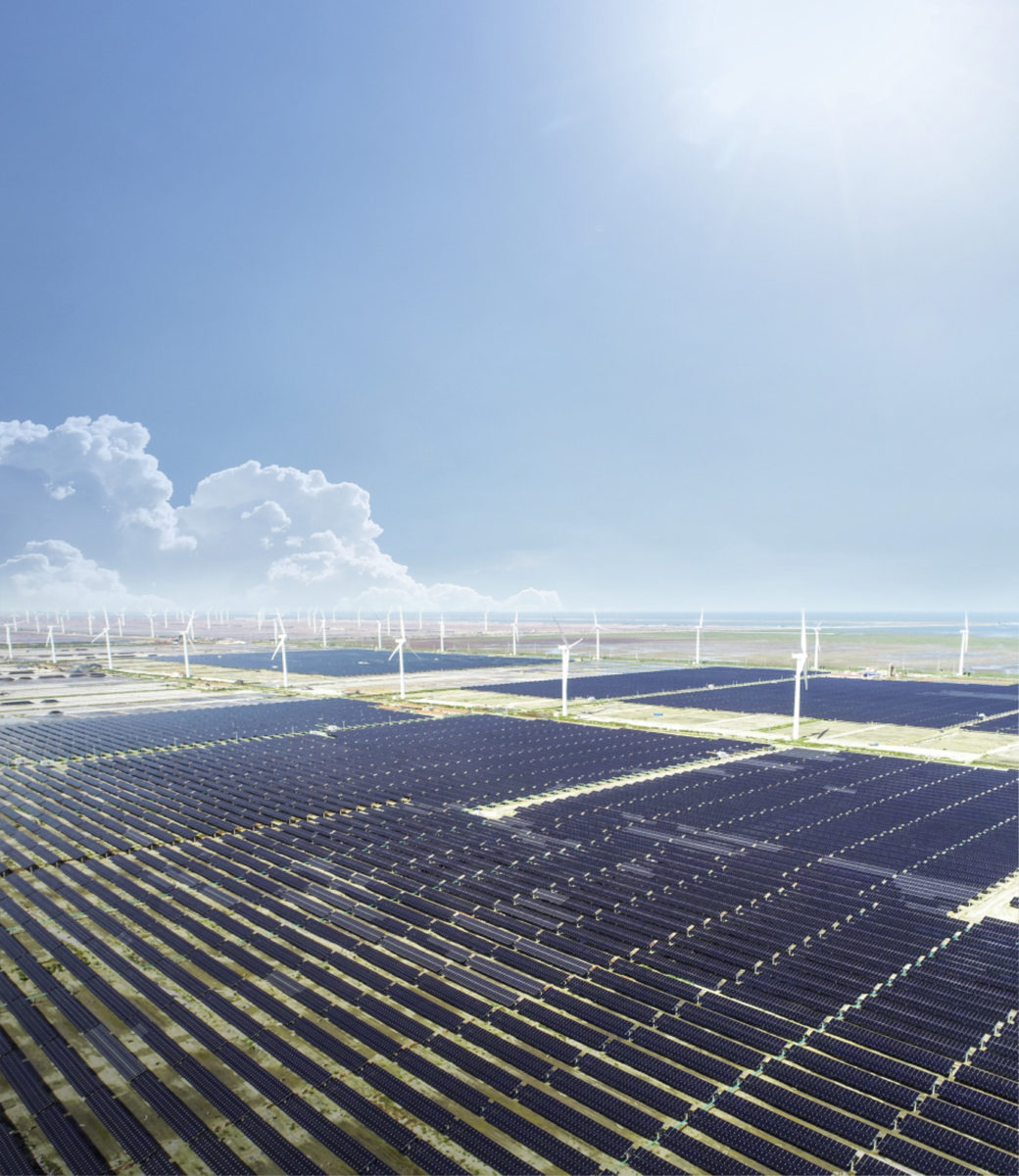From pv magazine 08/2021
Among all energy storage technologies, electrochemical storage is popular due to its maturity, simple structure, and deployment convenience. Du Xiangwan, former vice president of the Chinese Academy of Engineering, has highlighted the importance of battery storage for China’s future energy system, saying “electrochemical storage will very likely represent the majority of energy storage in future.”
In terms of supporting policies, China’s National Energy Administration (NEA), the country’s major energy policymaking authority, has already launched a series of incentives and advisory documents. Development objectives and approaches for energy storage were also included in China’s fourteenth five-year plan. More than seventeen provinces have also released policies supporting storage for renewable energy installations.
China is expected to have more than 30 GW of cumulative storage installations by the end of 2025, and 100 GW finished by 2030. There is no doubt that Chinese enterprises are working hard to join the feast.
Rising giants
CATL: Contemporary Amperex Technology Ltd. (CATL), the largest lithium-ion battery manufacturer in China, provides batteries for electric vehicles, and more recently, products and solutions for energy storage.
In 2018, CATL participated in a 50 MW/100 MWh storage project in Haixi prefecture, Qinghai province. In the same year, the sales revenue from its storage business increased by almost 12 times over the previous year. In 2019 and 2020, it recorded more than 200% growth year on year, reaching CNY 1.9 billion ($295 million) in 2020.
CATL’s storage solution covers major storage scenarios such as storage for power generation, grid storage, and storage on the consumption side. With high-quality battery cells and a in-house battery management system (BMS), CATL provides power generation customers accurately optimized assistance for grid-friendly power output. On the grid side, CATL’s storage system can help greatly in peak shaving and frequency regulation, to boost capabilities for renewable energy fluctuations. Meanwhile, the storage products have been applied in large-scale industrial, commercial and residential areas, and expanded to emerging scenarios such as base stations, UPS backup power, intelligent charging stations, and off-grid and island/isolated systems.
Sungrow: As one of the more significant solar inverter manufacturers and earliest enterprises involved in energy storage, Sungrow has applied its energy storage systems across China, the United States, Great Britain, Canada, Germany, Japan, Australia, India and more. By the end of June 2020, the company had taken part in more than 1,000 energy storage projects globally.
Based on its inverter technology, Sungrow concentrated on R&D to help customers to better support grids with fast power control/adjustment. To help customers minimize the levelized cost of electricity (LCOE), Sungrow promoted a storage system of 1,500 V and with a DC coupling scheme of PV and storage, which can significantly reduce the overall cost of a system.
According to China Energy Storage Alliance statistics about global energy storage projects, Sungrow is becoming the leading enterprise for providing the most comprehensive energy storage products in the field. The company has ranked first in China for storage installations for the past four consecutive years.
Veteran state-owned equipment manufacturer Shanghai Electric established a 2017 joint venture with Gotion Hi-tech, a lithium-ion battery supplier, for market exploration in energy storage and system solutions. The joint venture has expanded its R&D and sales in lithium battery precursors, cells, and battery management systems, and has delivered customized integration solutions for energy storage systems.
At end of 2018, the joint venture, Shanghai Electric-Gotion, began to build its own lithium battery production base in Nantong, Jiangsu province, for the future development of storage. Following 10 months of construction and equipment adjustments, the new facility started production of its first-stage project, with an annual capacity of 5 GWh.
At the 2021 SNEC expo in Shanghai, the company launched its latest storage solution. And its BMS for electrochemical energy storage won the Megawatt Jadeite Award for its innovative design.
Similar to Sungrow, Huawei commenced its expansion into storage by building on its significant inverter product expertise. However, the difference is that Huawei sees the move within a much bigger picture for the future of energy.
From Huawei’s string inverters, the company saw the possibility for its products to build up a network of solar PV, wind power, and smart energy grids. Based on this network, the future energy world, in Huawei’s view, will be centered on data and digital technologies.
In the future, the current grid will still provide physical support for electricity power transmission. Power consumers and generators will connect into the grid for power consumption, or contribution, through bidirectional inverters. Meanwhile, the inverter is also connected to a storage system to store surplus electricity or supply power to the grid based on price levels and grid demand.
The overall ambition is that these nodes are all connected via a cloud network. It’s possible that millions of interconnected nodes could then provide functionality and data. Huawei is aiming to become a platform that can provide all the necessary technologies, hardware, software, solution, and services.
Storage system solutions are a starting point for Huawei in this wide-scale effort to reimagine energy infrastructure.
This content is protected by copyright and may not be reused. If you want to cooperate with us and would like to reuse some of our content, please contact: editors@pv-magazine.com.



China already has >40 GW of pumped hydro storage (consult your own archive) and adds 3-4 GW a year. I’ll start believing battery promoters when they stop “forgetting” the dominant legacy technology.